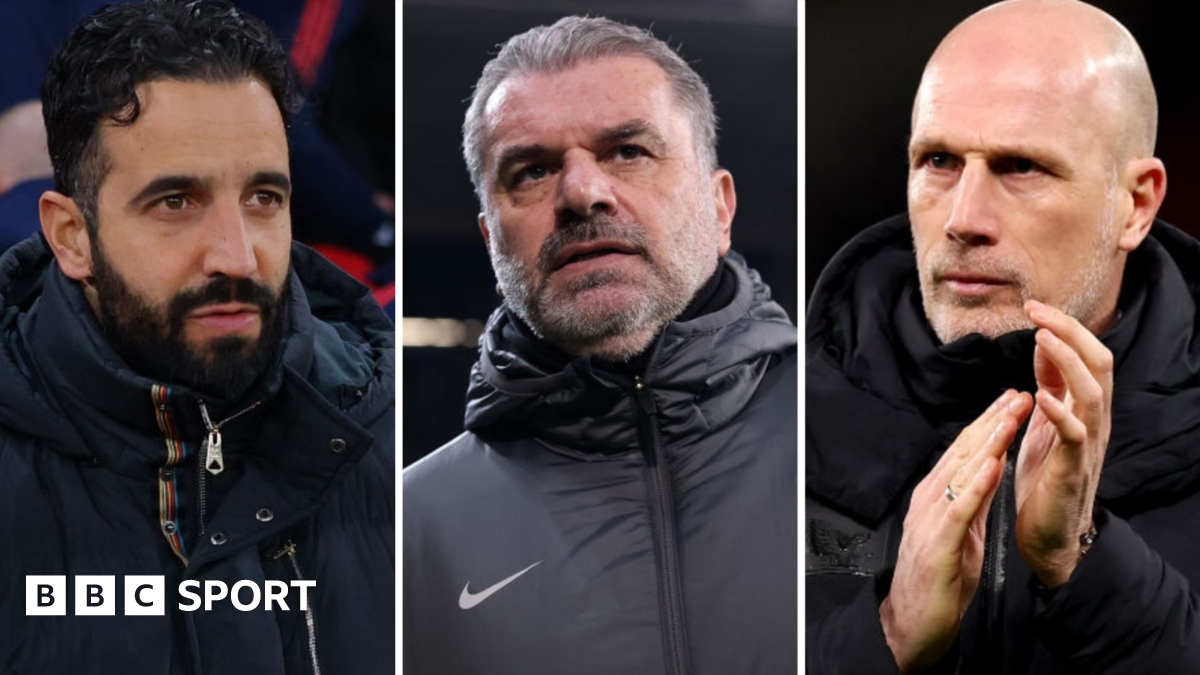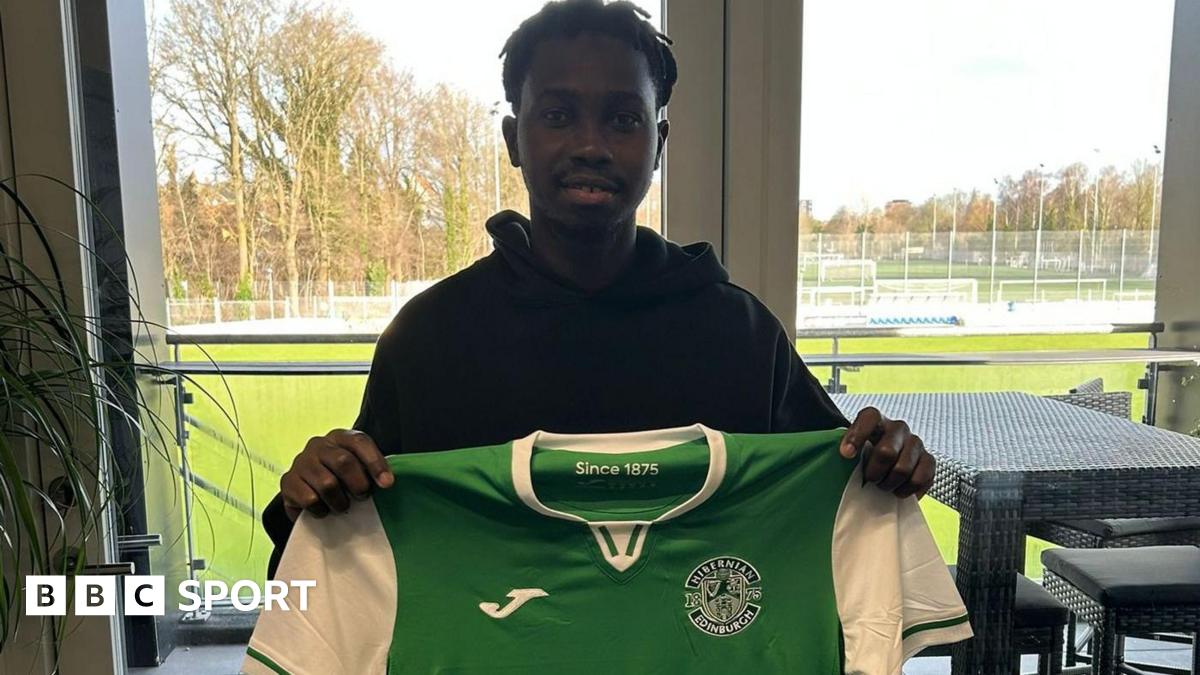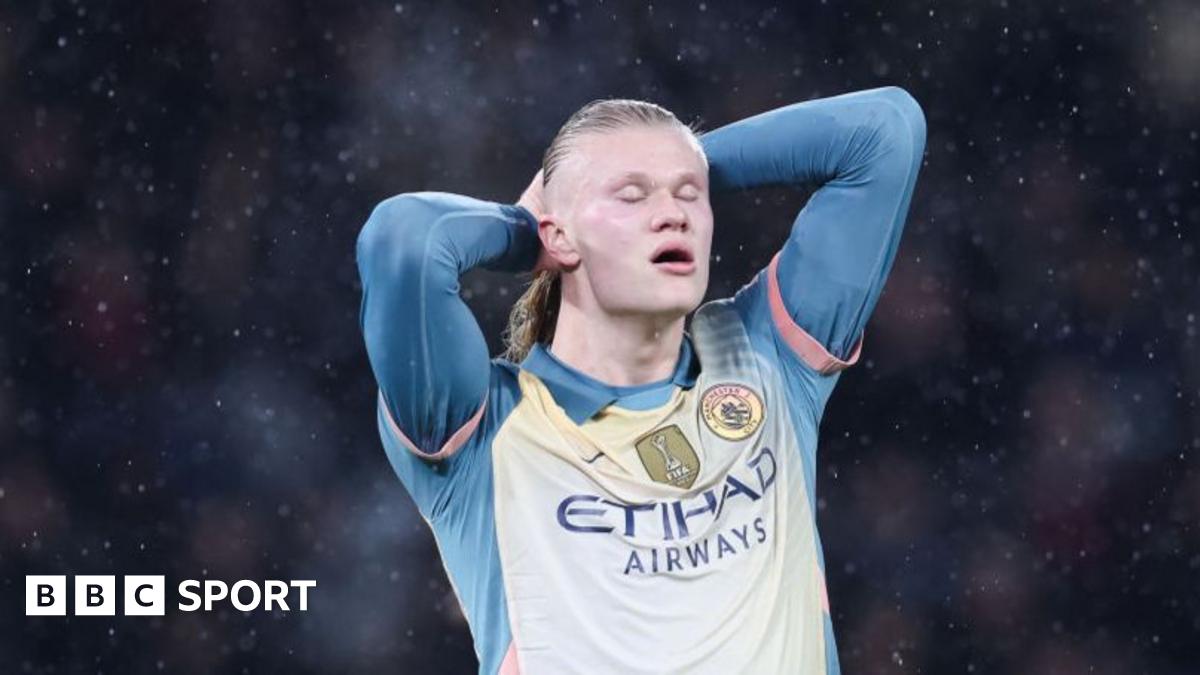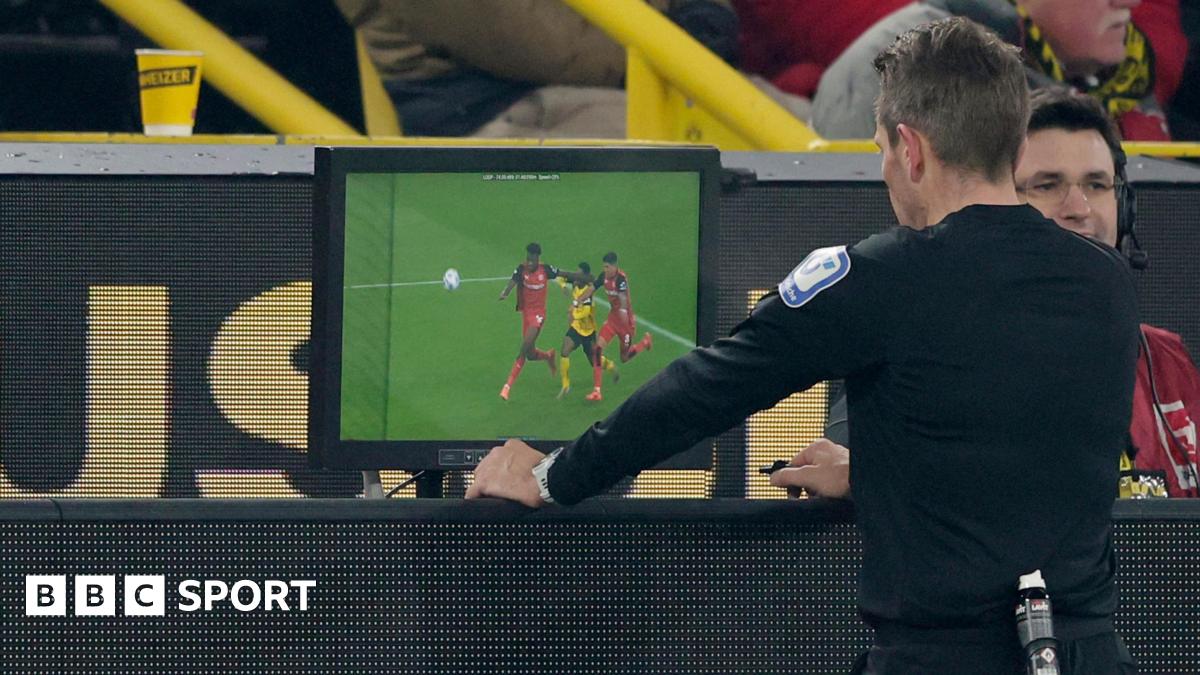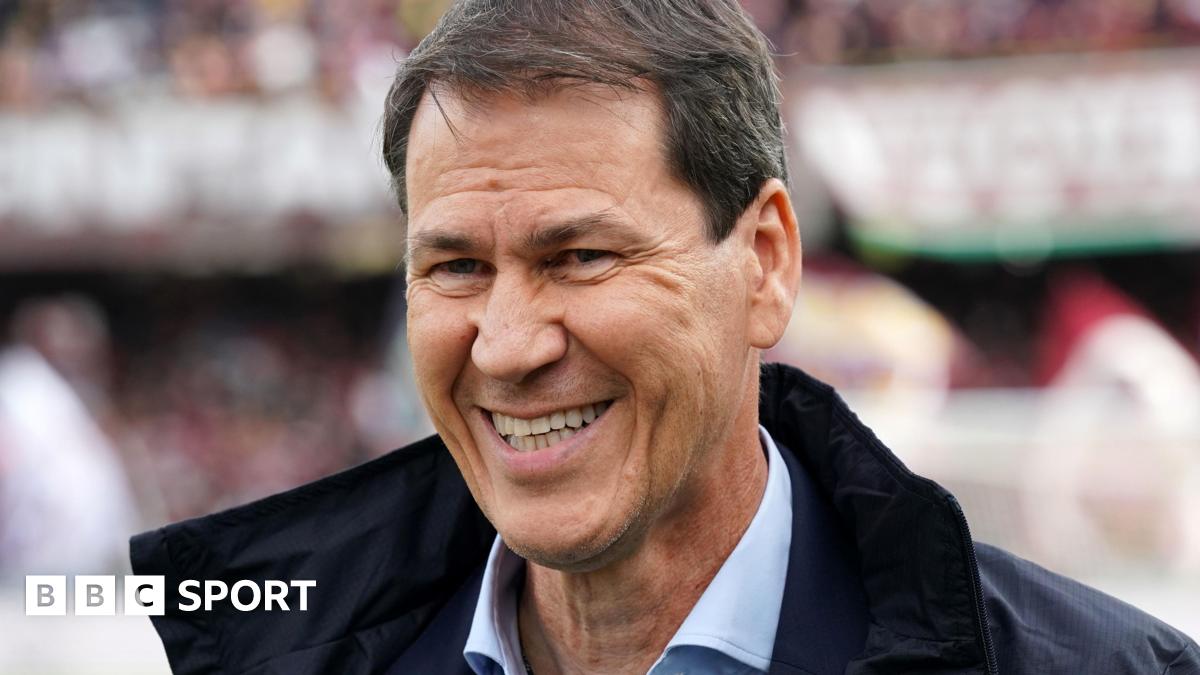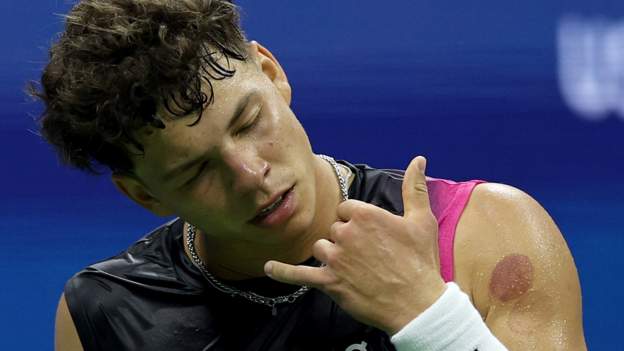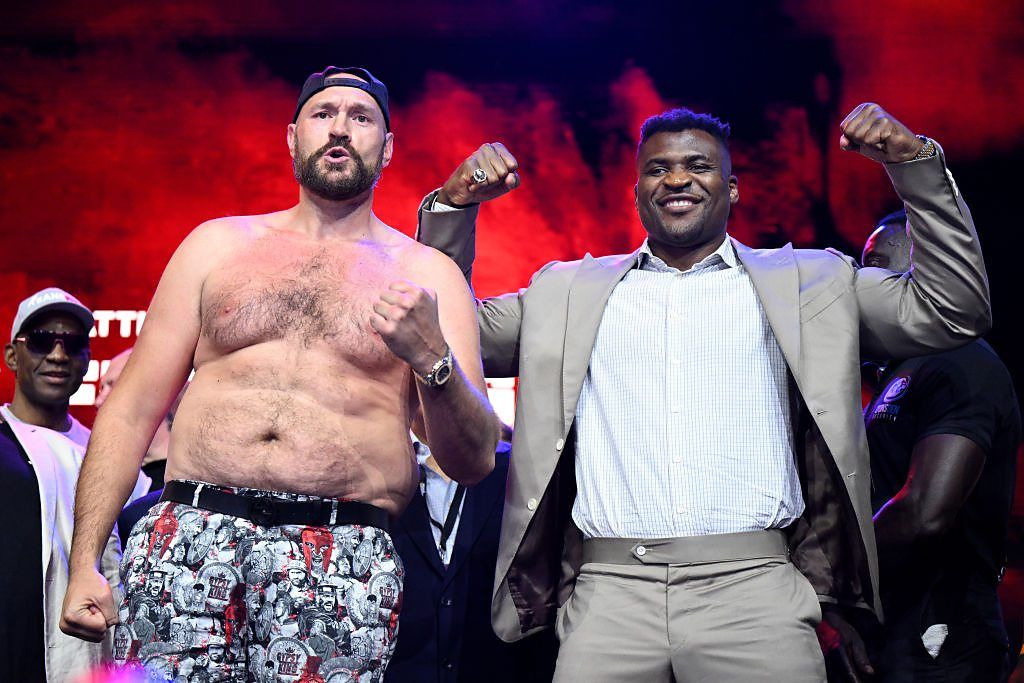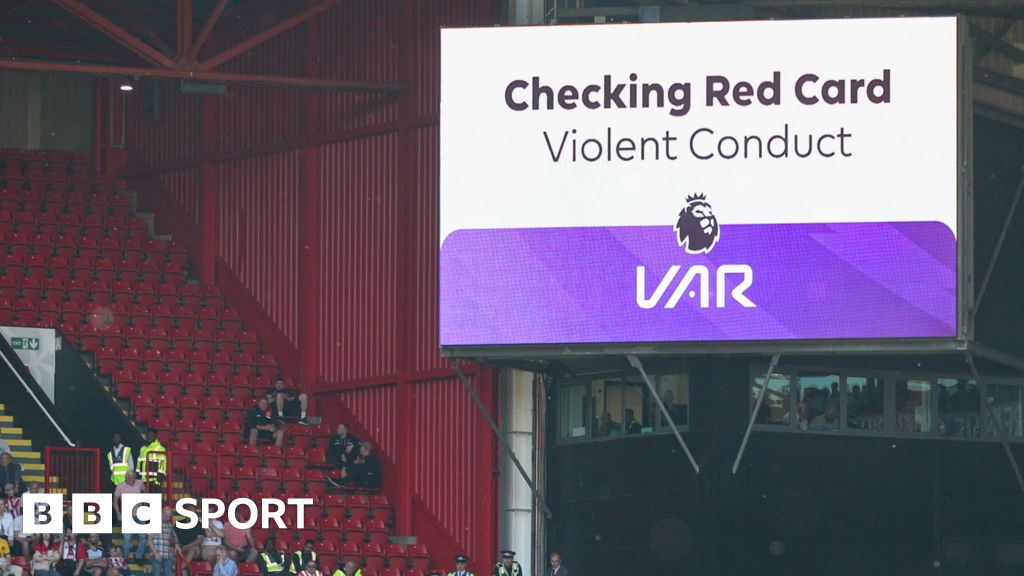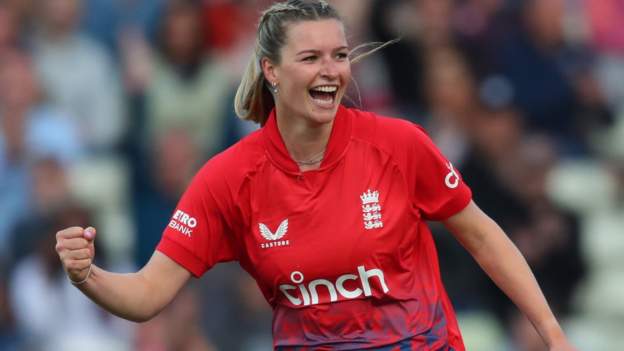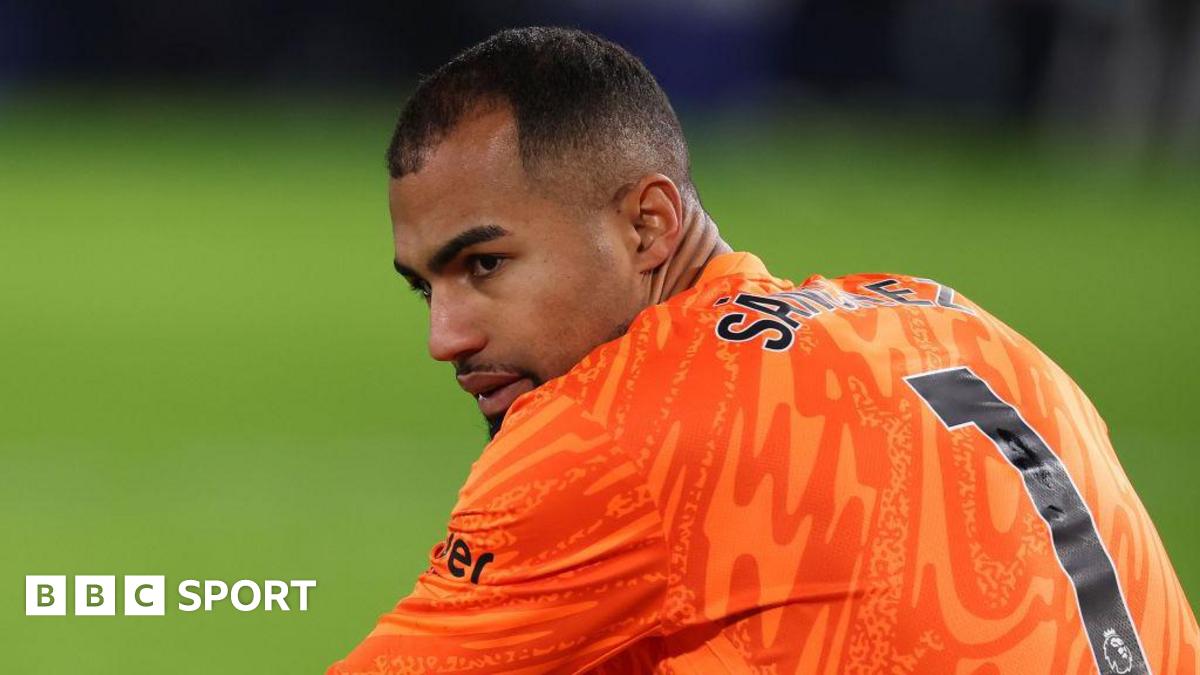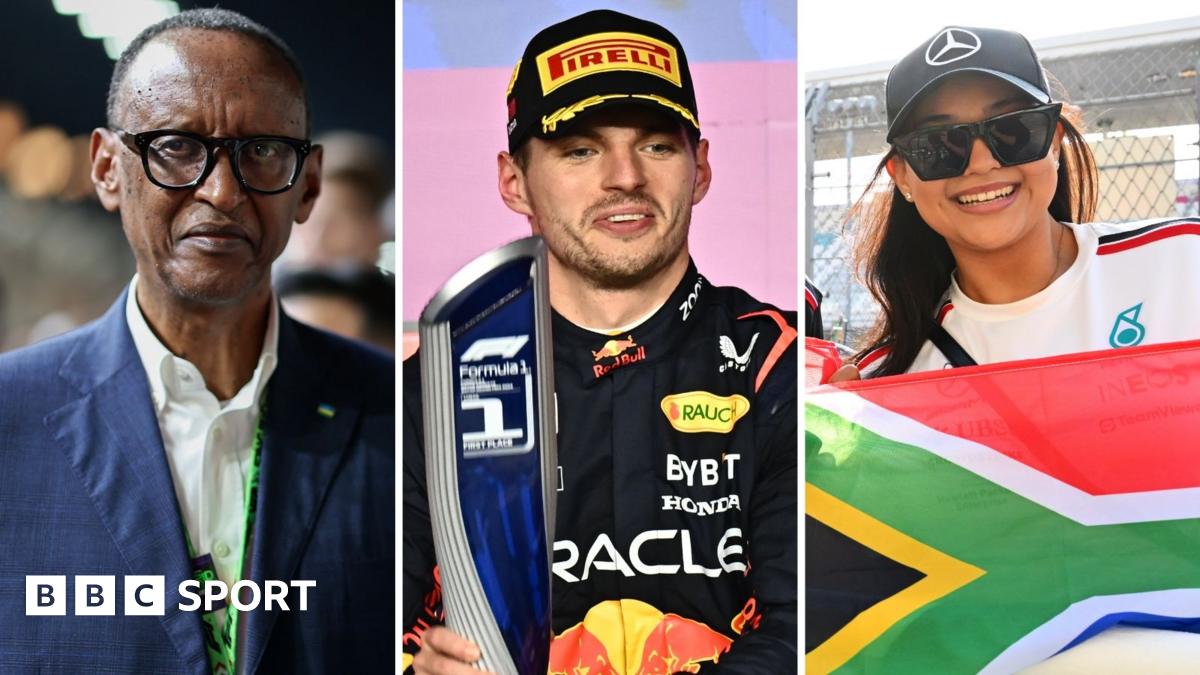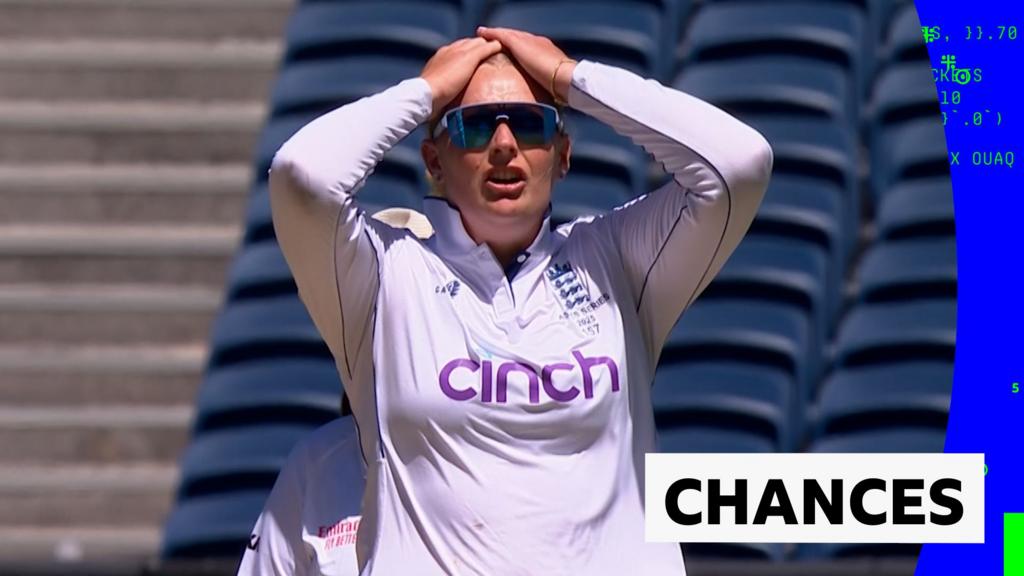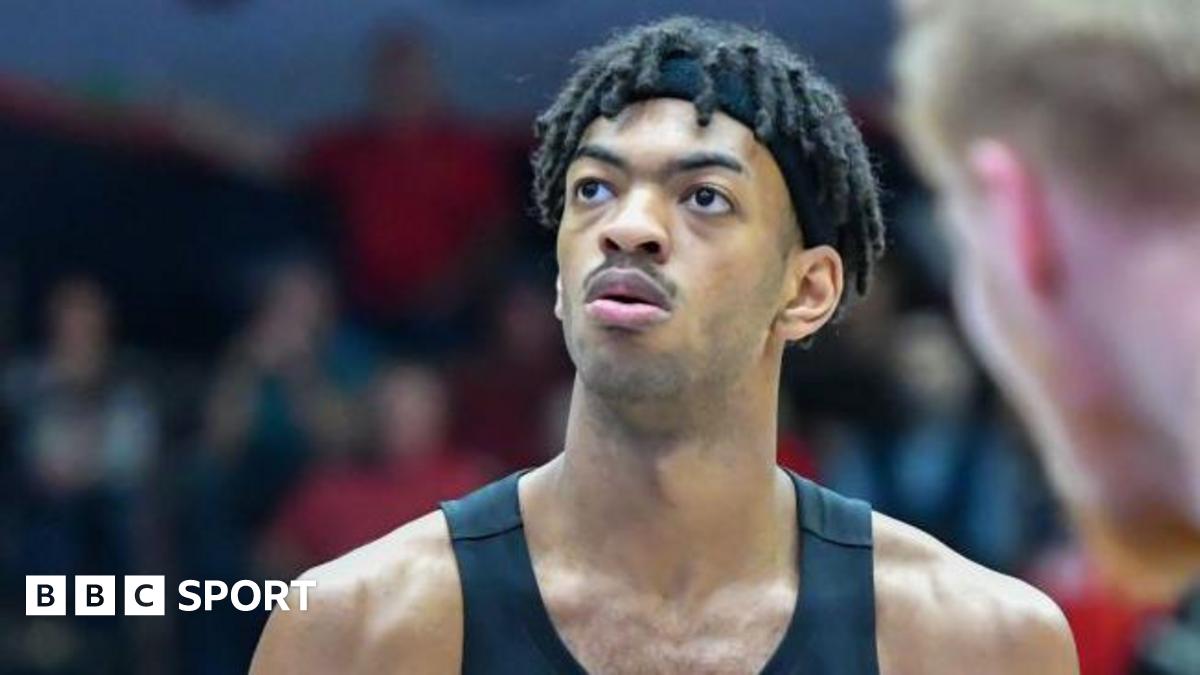| Venue: Flushing Meadows, New York Dates: 28 August-10 September |
| Coverage: Daily live text and radio commentaries across the BBC Sport website, app, BBC Radio 5 Live and 5 Sports Extra |
When Ben Shelton reached the Australian Open quarter-finals in January, it was the first time the young American had travelled outside of the United States.
Now Shelton is increasing his global reputation back on home soil after going one step further at the US Open.
The 20-year-old from Atlanta has wowed the home crowds – with serve speeds touching 150mph, demonstrative celebrations and an infectious smile – on his way to the semi-finals.
“He’s electric, no doubt about it. But he’s still very raw,” said American former player Jeff Tarango.
“He’s a huge part of America’s future – no doubt he will be top 10 in the world. He’s moving on to great things.”
Being “dialled in” – hence his picking-up-a-phone celebration when he clinched victory over Frances Tiafoe in the quarter-finals – has been the key to his success, Shelton says.
On Friday, the man widely considered the greatest player of all time is waiting at the end of line: Novak Djokovic.
The 36-year-old Serb, looking to create history by winning a 24th Grand Slam singles title to match Margaret Court’s all-time record, has seen off a host of young pretenders over recent years.
Tarango believes 47th-ranked Shelton, who hit a pair of aces clocking a tournament-high 149mph in his fourth-round win over Tommy Paul, has the capacity to cause problems for Djokovic.
“Tiafoe’s coach said Shelton brought a lot of things they hadn’t seen before and didn’t expect,” said Tarango, who will be analysing the semi-final for BBC Radio 5 Live on Friday (20:00 BST).
“That’s what he might be able to do against Djokovic – surprise him at a lot of levels.
“If he can bring that 149mph serve, that could take Djokovic’s best shot – his return of serve – away from him.”
While Shelton has the eye-catching shots, whether he has developed the technical and mental endurance to a level needed to beat Djokovic remains to be seen.
Shelton says the mental aspect of the game is what he has improved the most since losing to Paul in the Melbourne quarter-finals.
Since his breakthrough, it has been far from plain sailing.
Shelton did not win back-to-back matches between Melbourne and New York as he got to grips with the rigours of the ATP Tour, switching surfaces and travelling the world.
His father Bryan, a former ATP Tour professional who left his role as a college tennis coach in February to work full-time with his son, says Shelton’s “great experiences” over the past eight months are paying dividends.
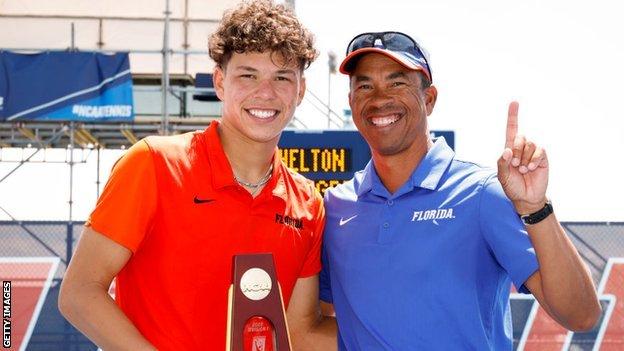
“He’s had to play on clay courts for a couple of months at a time and so he’s learned a little bit more patience,” said Bryan Shelton, who reached 55th in the world rankings and won two ATP titles in Newport, Rhode Island.
“He’s learned a little bit more about how to play defence. He’s learned his offence has to be really good on that type of surface in order to execute against the best players in the world.
“He’s understood that his return of serve wasn’t up to par. It’s a part of his game that he’s going to have to continue to improve and he’s worked really hard on that aspect of his game.
“He also understands he has a weapon in that serve but it can get a lot better, and he’s put a lot of time in being able to hit the variety of serves and not just the 149s.
“I think with the experience that he’s gotten, he’s starting to mature a little bit more as a player. You saw some of that throughout this week or the last week and a half.”
How far can Shelton go?
After producing some of the greatest men’s players of all time – notably Jimmy Connors, Pete Sampras and Andre Agassi – the United States has endured a barren run by its historical high standards.
Things are changing. Shelton is among a new breed of US stars going deep into Grand Slams and he brings an additional X factor.
Shelton is the final home man left after seeing off Tiafoe, another charismatic and talented American, in the quarter-finals.
The nation continues to wait for someone to finally emulate Andy Roddick’s men’s singles win at Flushing Meadows 20 years ago.
“It’s pretty cool for me to be a part of it. I love to see American tennis going in a great direction, and tennis in general going in a great direction,” said Shelton.
“I feel like I’ve done a pretty good job of blocking out everything that’s going on around me when I need to, and I’ve stayed in the moment and focused on the tennis.
“It’s like when that point is playing, I don’t hear anything, I don’t see anything. I’m just practising in a park.”
Tarango believes the American crowds are “growing to love” Shelton, who shows passionate competitiveness and playful joy in equal measure.
“The American fans know he’s young, they know he’s immature, but it’s exciting. He will draw a different crowd into the sport, his whole age group into the sport,” he said.
“We’ve been waiting for it for a couple of decades now. To be frank, we’re a little bit desperate. But when it comes to him I think we will be lucky.”
Why Shelton was always destined for a sporting career
How to improve his game and what it takes to become a full-time professional are not the only things that Shelton has been learning this year.
He continues to study for a general business degree, taking two online classes – international business and entrepreneurship – and working on assignments while at tournaments.
While clearly academic, Shelton always seemed destined for a sporting career. It did not immediately appear that it would be tennis.
About the age of 10, he began playing with his dad but also excelled at a variety of sports..
“I grew up playing every sport: basketball, soccer, baseball, but I really fell in love with American football,” he told BBC Sport earlier this year in Melbourne.
“I was a quarterback and I played for six or seven years, but that was the decision I had to make when I was about 12 years old: Do I focus and specialise in tennis or American football?
“I swore I wouldn’t play tennis: it was Dad’s thing and I was going to let him have it.
“But I’m glad I made this decision and I’m happy with where I’m at.”



